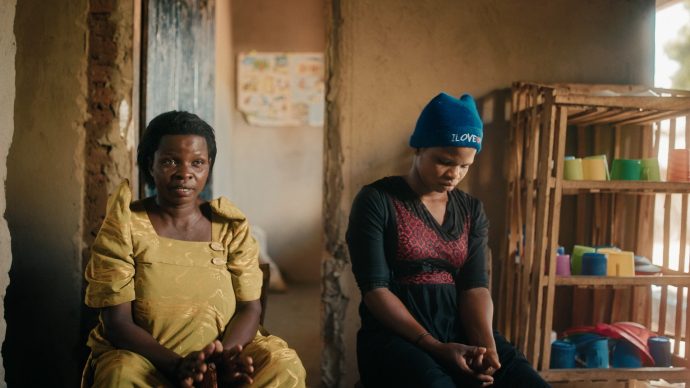De fleste frygter det værste, andre håber på det bedste og mange NGOer kan mærke, at strømmen af bistandspenge til det hjemsøgte land allerede er begyndt at svinde ind – samtidig vil mange af deres lokale partnere allerhelst tage benene på nakken.
Det kan godt være, at udviklingsminister Christian Friis Bach (R) og regeringen vil satse og gøre Afghanistan til den permanent største modtager af dansk udviklingsbistand, men udsigterne er ikke lovende- se også telegrammet
http://www.u-landsnyt.dk/nyhed/11-05-12/regeringen-mere-bistand-til-afghanistan-end-tanzan
KABUL, 21 May 2012 (IRIN): With the clock ticking down to Afghanistan’s transition (overgangsperiode) in 2014, including the withdrawal of most foreign military forces, humanitarians have said it is time to consider post-transition scenarios and how that will impact aid delivery and operations.
“We are reviewing our activities and going through a lot of assessments right now, both from a reduction in funds perspective but also in a potential deterioration (forværring) of security,” said an aid worker who preferred anonymity.
The transition will see the Afghan military take control of the Central Asian country’s security from the International Security Assistance Force. But according to a statement by a group of NGOs, it is taking place in a context of rising violence against civilians, growing internal displacement, and increasing protection concerns.
“Potentially we see a civil war, a lot of political trouble, with riots, demonstrations and attacks,” said a Western analyst who preferred anonymity.
Observers agree that some places, like Mazar-e-Sharif in the north, will maintain some continuity, but what could unfold in other areas across the country is “anybody’s guess”.
Experiencing large cuts in foreign aid
Some organizations say they are already experiencing large cuts in foreign aid – and are anticipating and planning for more – and are relying more heavily on strategies such as community based approaches and subsistence planning.
The former aims to ensure continued work in insecure areas in case international staff leave and the latter to make sure communities are focusing on basic foods for subsistence and not dependent on imported goods.
“It is quite hard to know where that might happen, because that internal conflict can break out in many places, so doing contingency planning on that basis is quite difficult,” UN Emergency Relief Coordinator Valerie Amos said during a recent visit to Kabul.
As for the longer term political process in terms of the drawdown of forces, everyone right now is focusing on how we can make sure that happens as efficiently and effectively as possible,” she added, noting:
“There is a process with ongoing conferences, and countries in the region are talking about how to offer support. The more you are able to have stability and security, the more the other elements of human development and livelihood support the transition.”
Challenges
Læs videre på
http://www.irinnews.org/Report/95495/AFGHANISTAN-Drawdown-focuses-aid-workers-minds














